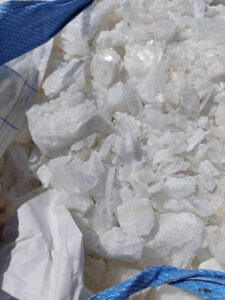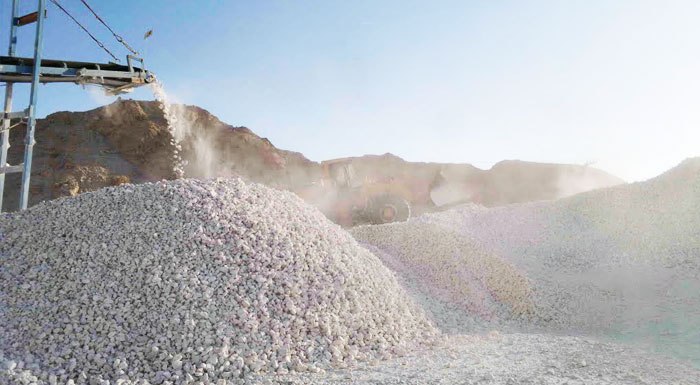Market Insights & Trends 2025
If you’re in construction, agriculture, or manufacturing, understanding the gypsum price in South America is crucial for your business planning and budgeting. This mineral, widely used for drywall, cement, and soil conditioning, sees dynamic price changes influenced by supply, demand, and regional factors. In this article, we explore the current gypsum market landscape, price trends, and what you can expect in 2025.

What Determines Gypsum Price in South America?
Gypsum prices fluctuate due to multiple factors, both global and local. Here are the key elements influencing gypsum cost in South America:
Supply and Demand Dynamics
South America is home to several major gypsum producers, including Brazil, Argentina, and Peru. The availability of high-quality gypsum deposits and the volume extracted directly impact prices. Increased construction activity, especially in urban centers like São Paulo and Buenos Aires, drives demand and pushes prices upward.
Transportation and Logistics Costs
Given the size of the continent and varying infrastructure quality, transportation costs significantly affect gypsum prices. Remote mining locations combined with rising fuel prices can increase delivery expenses, reflected in gypsum market prices.
Currency Fluctuations and Import Tariffs
Many South American countries experience currency volatility against the US dollar, which can make gypsum imports more expensive or cheaper, depending on exchange rates. Additionally, government policies and import tariffs shape the gypsum pricing landscape by either encouraging local production or making imports pricier.
Current Gypsum Price Trends in South America (2025)
As of mid-2025, gypsum prices have shown moderate increases compared to previous years. The construction boom in several countries has boosted demand, while mining production faces challenges like environmental regulations and labor shortages.
Price Overview by Country
-
Brazil: Gypsum prices range between $30 and $45 per ton, driven by large-scale infrastructure projects.
-
Argentina: Prices hover around $35 per ton, influenced by local production and import dependency.
-
Peru and Chile: Slightly higher prices, about $40 per ton, due to transportation complexities and smaller mining operations.
Impact of Sustainable Mining Practices
Environmental concerns have led to more sustainable gypsum extraction methods. Although these practices can increase production costs, they also promise long-term benefits and stability in pricing by ensuring resource availability.
Why Monitoring Gypsum Price in South America Matters for Your Business
Understanding gypsum price trends is essential for manufacturers, builders, and agricultural companies. Accurate price forecasts enable better budgeting, reduce risks, and create competitive advantages.
Tips for Buyers and Sellers
-
Buyers: Plan purchases in advance and consider bulk buying to hedge against price spikes.
-
Sellers: Keep an eye on market trends and optimize supply chains to maintain profitability.

